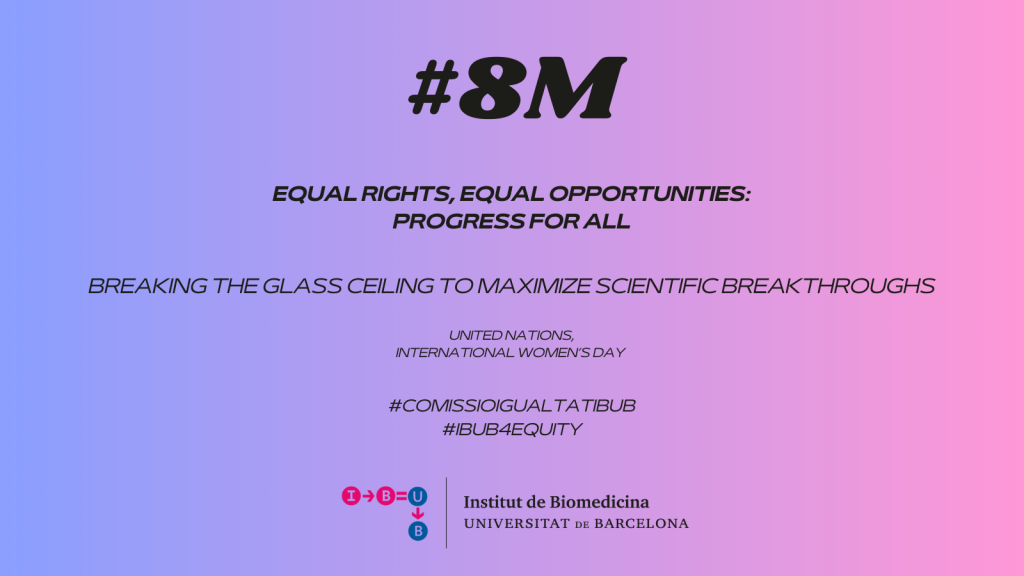A study published in the journal Nature reveals that breast milk intake is the essential signal for the neonatal heart to mature metabolically after birth, thereby enabling proper heart function and ensuring postnatal survival.
In the work, led by the National Cardiovascular Research Center (CNI), researchers Eva Estébanez-Perpiñá and Andrea Alegre-Martí, from the Department of Biochemistry and Molecular Biomedicine of the Faculty of Biology and the IBUB, based in the Parc Científic de Barcelona (PCB) are also participating.
In particular, the omega-6 γ -linolenic fatty acid (GLA), from breast milk, is responsible for binding to the cellular protein Retinoid X Receptor (RXR). RXR is a protein that acts as a nutritional sensor for lipids and vitamin A derivatives, altering gene expression and influencing biological functions as important as immunity, cell differentiation or metabolism. Once RXR detects maternal GLA, it launches genetic programs that equip the mitochondrion – the energy center of cells – with the proteins needed to start consuming lipids, the main source of energy in the mature heart.
«The results published in the journal Nature could have vast therapeutic implications in cardiovascular pathologies where there are mitochondrial and metabolic dysfunctions, as well as diseases related to alterations in maturational processes after birth», explains Mercedes Ricote, head of the Nuclear Receptor Signaling Group of the CNIC and research leader.
Research has found in a mouse model that both the absence of RXR in the heart and the lack of the omega-6 fatty acid GLA in breast milk prevent mitochondria from producing energy properly, leading to failure severe heart attack that ends up causing death 24 or 48 hours after birth.
At the time of birth, the baby’s heart must quickly begin to produce energy to start the heartbeat in the extrauterine environment. For this reason, cardiomyocytes – contractile cells of the myocardium – need to activate the mitochondria, organelles that generate ATP (adenosine triphosphate or adenosine triphosphate) that support the cell’s bioenergetic routes. Although this process is essential for the survival of the organism, until now, little was known about the signals that trigger the physiological adaptation of the heart after birth. the heart after birth.
The work, with the expert Ana Paredes as the main author, proposes a very new angle to understand the postnatal adaptations that are triggered so that the organism meets the requirements in the extrauterine environment. The results open the possibility of modulating the activity of RXR in cardiac cells by using specific drugs, some of which have been approved by the US health authorities (FDA) for the treatment of some cancers.
In addition to the University of Barcelona and the IBUB, teams from the National Biotechnology Center and Center for Biological Research Margarita Salas Centre (CNB-CSIC, CIB-CSIC), the Complutense University of Madrid (UCM), the Institute of Functional Biology and Genomics/University of Salamanca (IBFG/USAL), the CEMBIO/CEU Sant Pau, the CIBER of Cardiovascular Diseases (CIBERCV) and the Karolinska Institute (Sweden).
The study has been funded through grants from the Ministry of Science and Innovation of Spain (MICIN), the La Marató Foundation of TV3 and the Community of Madrid.

Reference Article:
Paredes, A., Justo-Méndez, R., Jiménez-Blasco, D. et al. «γ-Linolenic acid in maternal milk drives cardiac metabolic maturation» . Nature (2023). https://doi.org/10.1038/s41586-023-06068-7



